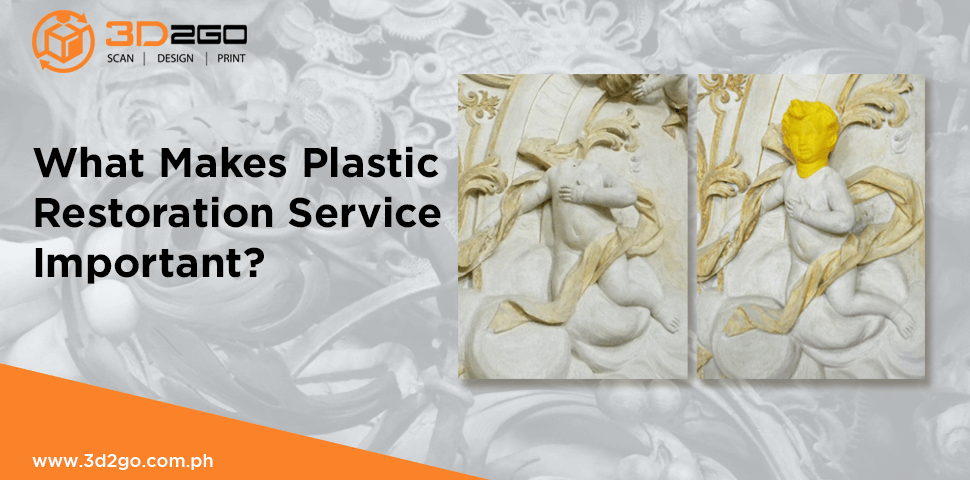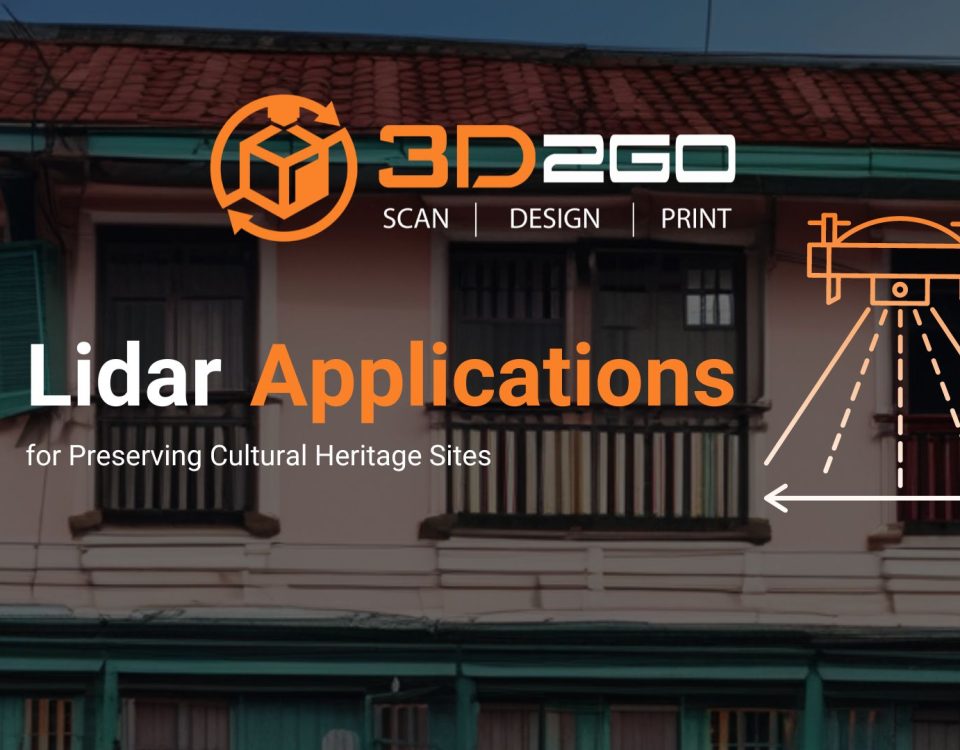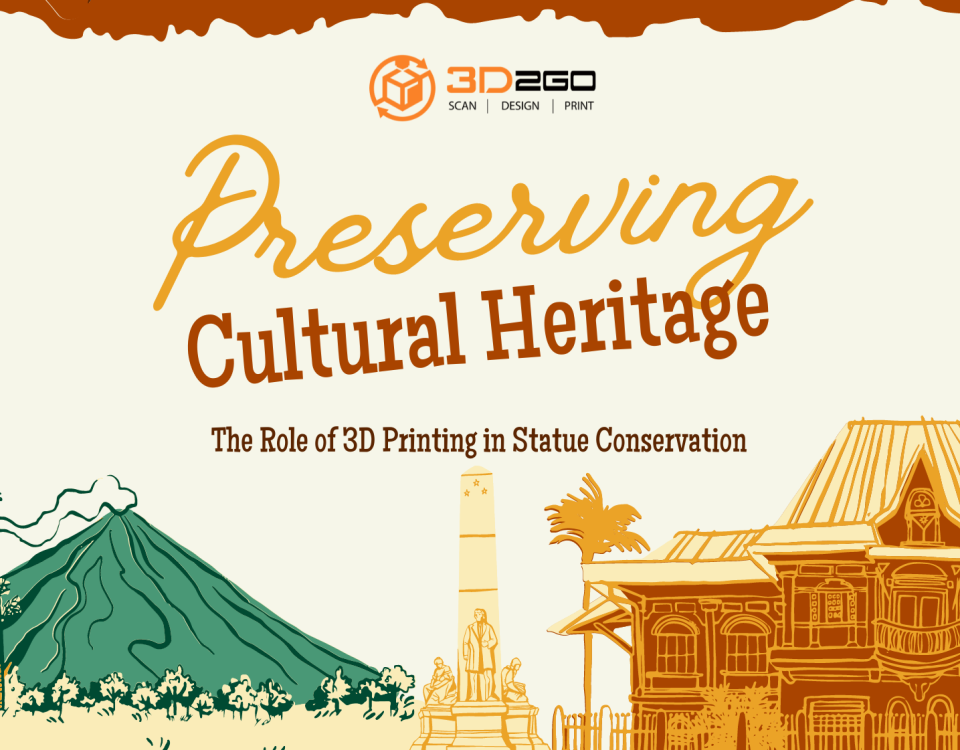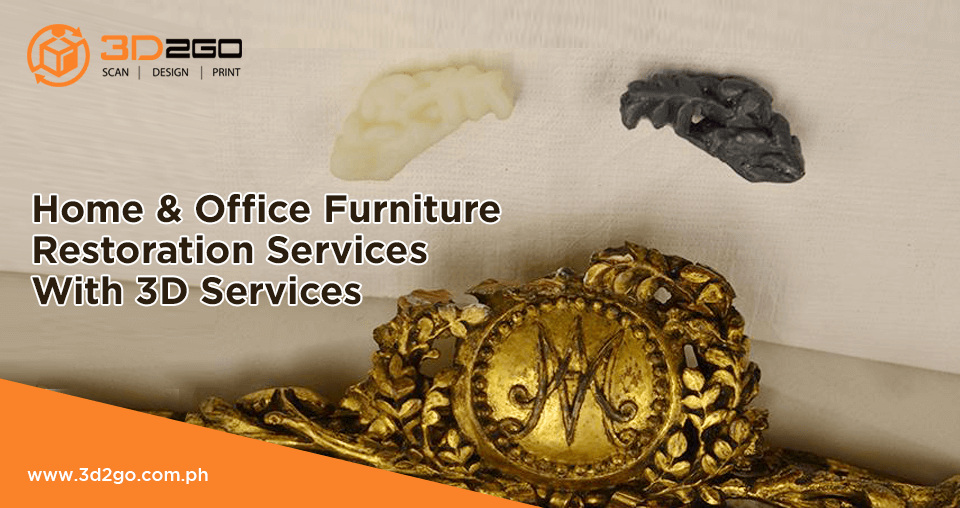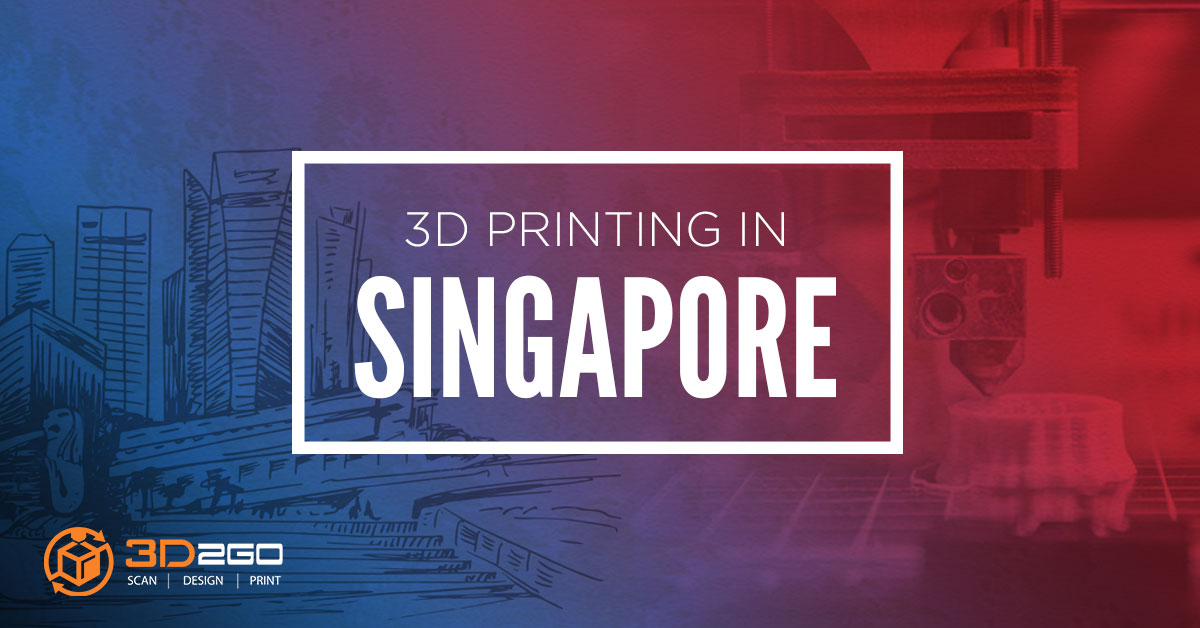
3D Printing Is Building A New Future In Singapore
April 14, 2022The importance of restoration services in for mother nature
The Tussock and Spur fires have served as reminders that Arizona still has a ways to go when it comes to fire prevention. These are events that have displaced multiple families in just the last few weeks.
They’re also examples of what forest restoration could have perhaps prevented.
According to Woolley, drawing areas on a map that the operator can have in their harvest machinery on a tablet shows in real-time. This leads to larger areas of forest being harvested. Furthermore, there is a lower chance of flames jumping from one flammable tree to another. To further increase the scale of the restoration efforts, forestry services are also beginning to use lidar scanning services. With the gathered information from the lidar scanners, 3D structures can be built. It would then help tell a lot about the structure and composition and condition of the forest.
Restoring with plastic materials
Out of all the raw materials for 3D printing in use today, plastic is the most common. Plastic is one of the most diverse materials for 3D-printed toys and household fixtures. Products made with this technique include desk utensils, vases and action figures. Available in transparent form as well as bright colors — of which red and lime green are particularly popular — plastic filaments are sold on spools and can have either a matte or shiny texture.
With its firmness, flexibility, smoothness and bright range of color options, the appeal of plastic is easy to understand. As a relatively affordable option, plastic is generally light on the pocketbooks of creators and consumers alike.
Plastic products are generally made with FDM printers, in which thermoplastic filaments are melted and molded into shape, layer by layer. The types of plastic used in this process are usually made from one of the following materials:
Polyastic acid (PLA)
One of the eco-friendliest options for 3D printers, polyastic acid is sourced from natural products like sugarcane and corn starch and is therefore biodegradable. Available in soft and hard forms, plastics made from polyastic acid are expected to dominate the 3D printing industry in the coming years. Hard PLA is the stronger and therefore more ideal material for a broader range of products.
Acrylonitrile butadiene styrene (ABS)
Valued for its strength and safety, ABS is a popular option for home-based 3D printers. Alternately referred to as “LEGO plastic,” the material consists of pasta-like filaments that give ABS its firmness and flexibility. ABS is available in various colors that make the material suitable for products like stickers and toys. Increasingly popular among craftspeople, ABC is also used to make jewelry and vases.
Polyvinyl Alcohol Plastic (PVA)
Used in low-end home printers, PVA is a suitable plastic for support materials of the dissolvable variety. Though not suitable for products that require high strength, PVA can be a low-cost option for temporary-use items.
Polycarbonate (PC)
Less frequently used than the aforementioned plastic types, polycarbonate only works in 3D printers that feature nozzle designs and that operate at high temperatures. Among other things, polycarbonate is used to make low-cost plastic fasteners and molding trays.
Our restoration services range from small projects to big ones.
Unlimited restoration from the comforts of your home with 3D2Go
3D2Go can handle even big restorations such as houses or buildings. We do this by 3D virtual imaging.
First, we scan the entire property. This allows us to accurately assess losses up close and remotely. Through this, we increase transparency. We are also able to reduce discrepancies. As a result, we help improve the speed of settling claims and restoring properties.
3D imaging technology can walk you through the entire property. You see exactly where the damage has occurred and the anticipated finished product. A bigger aspect of this is the insurance carriers and their adjusters. They are able to investigate losses without even visiting the site.
So don’t limit yourself to photographs.
Simply send us your files for restoration in our email address management@my3d.com.ph.
You can also reach us through our Facebook and Instagram pages today!
So what are you waiting for? Get in touch with us!


